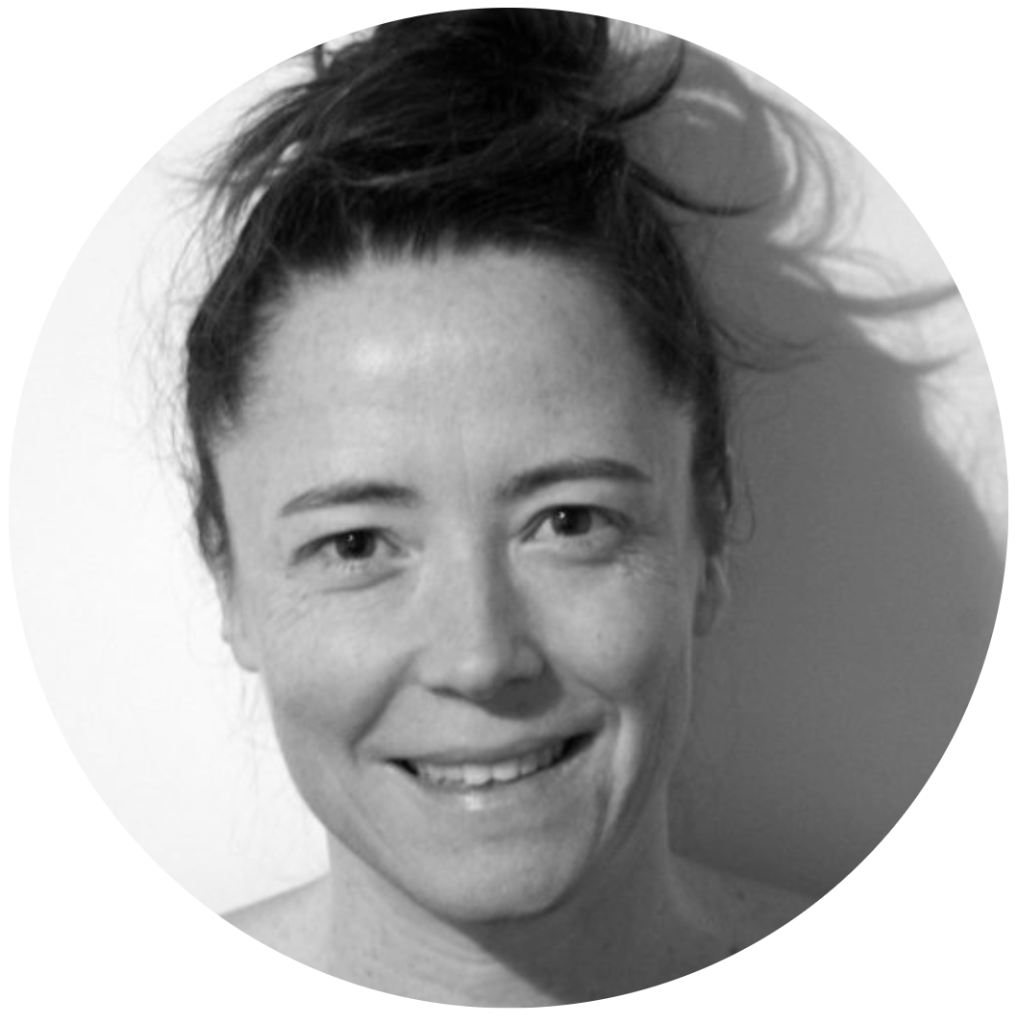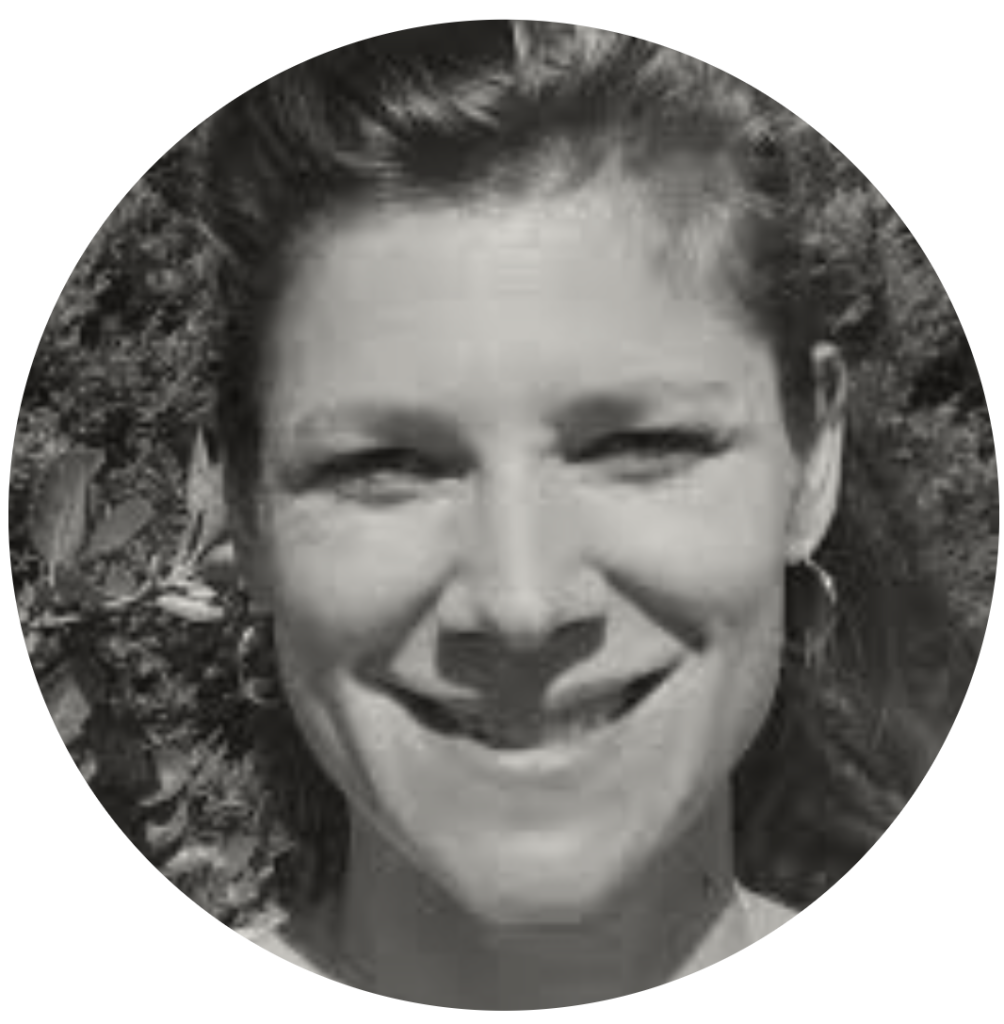
Rémi Delafont
Ph.D. student at the French Institute of Sport.
Email: remi.delafont@insep.fr
LinkedIn: rémi-delafont-ab3391221

Dr. Helene Joncheray
Researcher in Social Sciences at the French Institute of Sport, on secondment from an Associate Professor position at University Paris Cité.
Email: helene.joncheray@insep.fr
LinkedIn: helene-joncheray-06883131

Dr. Sylvaine Derycke
Associate Professor at University of Western Brittany.
Email: sylvaine.derycke@univ-brest.fr
In this brief commentary, we will refer to an unknown profession working with Olympic athletes. The following paragraphs are based on an interview conducted with Justin (pseudonym), a kayak repairer. Justin does both reparation and wedging for kayaks and canoes. At the time of writing, he is the only individual engaged in this occupation on a global scale: “It’s a bit like Formula 1, it’s very complicated to get into this business.” In France and abroad, “Nobody does that job, it’s often athletes or builders who do something else as well.” While the emergence of this professional activity reflects the ongoing professionalization of the high-performance sport sector, which entails enhanced structuring and diversification of staff, we will focus on a specific pathway to employment as a kayak repairer.
How it started? Justin is a former competitive kayaker. At that time, practitioners had “to buy and repair their own boat, to made their own wedge, their own things” at the edge of the basin. This required both time and the transmission of expertise from the trainers themselves. Currently, the emphasis on the context of intensifying competition precludes the possibility of engaging in this time-consuming activity. Boats must be more efficient, and this prompted Justin to consider the potential for establishing his own business: “there was a real demand.”
In addition to his previous experience as a practitioner, Justin undertook a two-year course of study in plasturgy and material composites, and subsequently obtained the requisite state certification to work with kayakers. These conditions, which were previously regarded as “useless” because they seem unrelated according to him, are actually essential for the completion of his current tasks. His involvement in the field commenced informally, initially during international competitions. Upon observing athletes repairing their boats, he said to himself, “I know how to do it,” and started doing it for them. Through word-of-mouth, he was engaged in a significant number of repairs, first in France and then internationally, and was able to sustain himself financially through this work.
He is currently the owner of his company and works four days a week with a “decent salary” at a modest repair facility. He works with over a hundred athletes who came from all over the world, including a dozen of the Olympics athletes selected for the Paris 2024 Olympic Games.
What does he do and how does it help the athletes’ performance? The main part of Justin’s work is repairing kayaks. For canoeing, where the athletes are on their knees, it is wedge optimization, “A bit like what podiatrists do with insoles.”The athletes leave their boat in his workshop and Justin takes their measurements and makes the adjustments. So far, even though he is inspired by his own experience and what has been done before, this way of working is now recognized and specific to him.
The technical part is no longer a concern for the athletes, allowing them to concentrate on their performance on the water. Justin also works in cooperation with his customers so that they can carry out small repairs or wedge installations themselves during competitions. The majority of athletes lack the requisite time and expertise to pursue this endeavor to the same extent as he does, due to the constraints of their training schedules and the limitations of their experience. Consequently, his approach represents a novel and valuable contribution: “I know what it’s like to train every day and sacrifice everything for kayaking. For a sport where there’s no money.”
What comes next? The federations are beginning to realize that they need a similar full-time intervention for their staff, but in reality, for “98% of the teams that go to the Olympics, nobody’s looking after the boats.” Justin encounters resistance, especially from coaches who consider that his work makes the athletes dependent. To make his activity sustainable, Justin tries to demonstrate to both coaches and federations the tangible benefits of working with athletes. By doing so, he can help them become stronger and more competitive, with the potential to become medal winners at the Paris 2024 Olympics. For the time being, Justin’s job is still “a job behind the scenes.”
This incomplete professionalization leads Justin to diversify his intervention, firstly as an additional income, and secondly because there is not enough work with Olympic athletes to do it every day. He is therefore planning to develop his expertise in the leisure sector with carbon bikes and paddles, and is trying to work more with international athletes where “people have money and can pay… kayaking is popular in France.”
In short, an Olympic performance depends on a multitude of professions. We were able to identify over 140 of them: some are fully recognized such as coaches or sports scientists, while others, such as Justin’s activity, are still in the shadows. We found that the professionalization and retention of kayak repairers are determined by multi-level factors such as previous experience and background, social networks or federal context and support. We argue that the Paris 2024 Olympics provided an opportunity to highlight these roles: the legacy should help to improve and democratize pathways to high performance professions.

